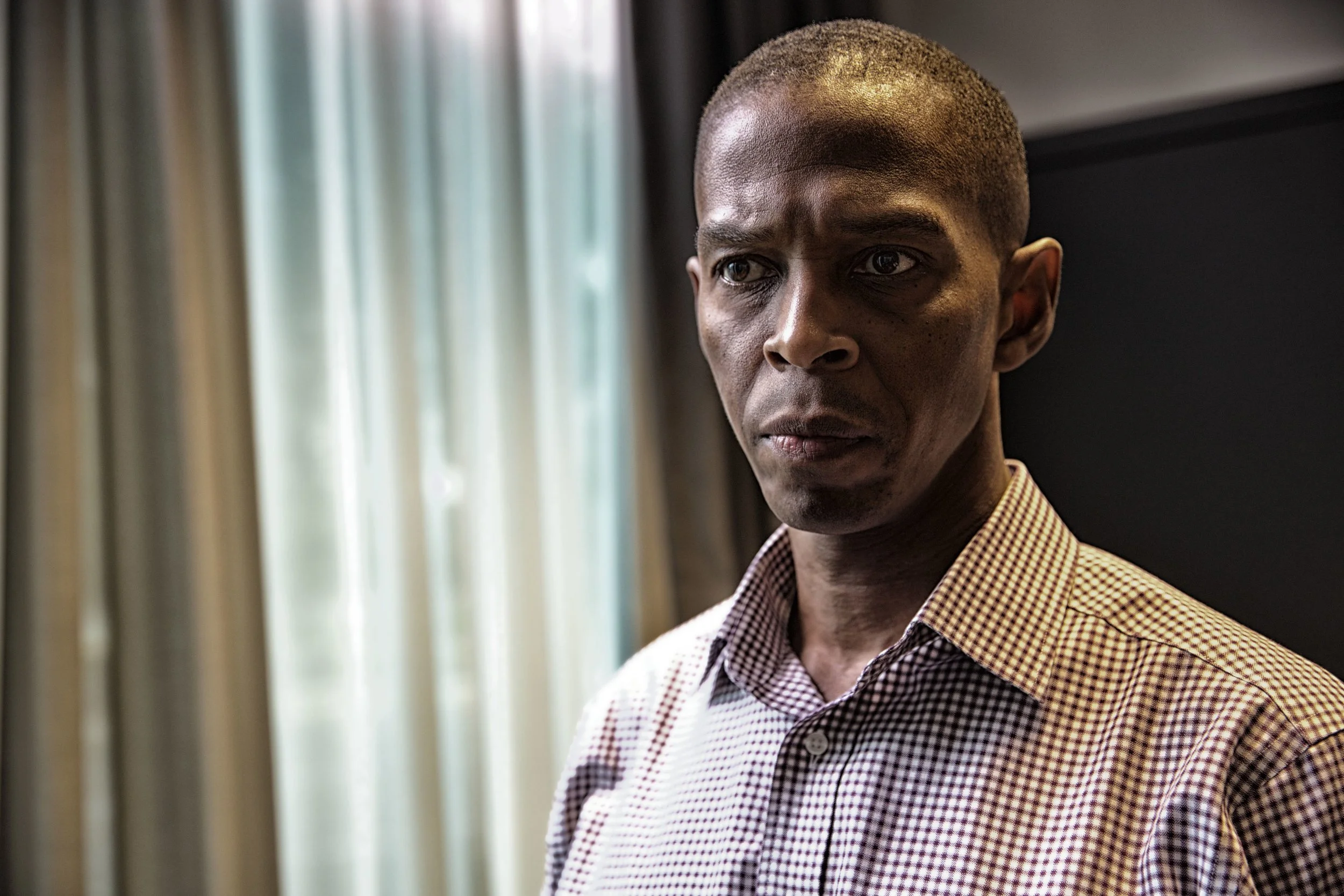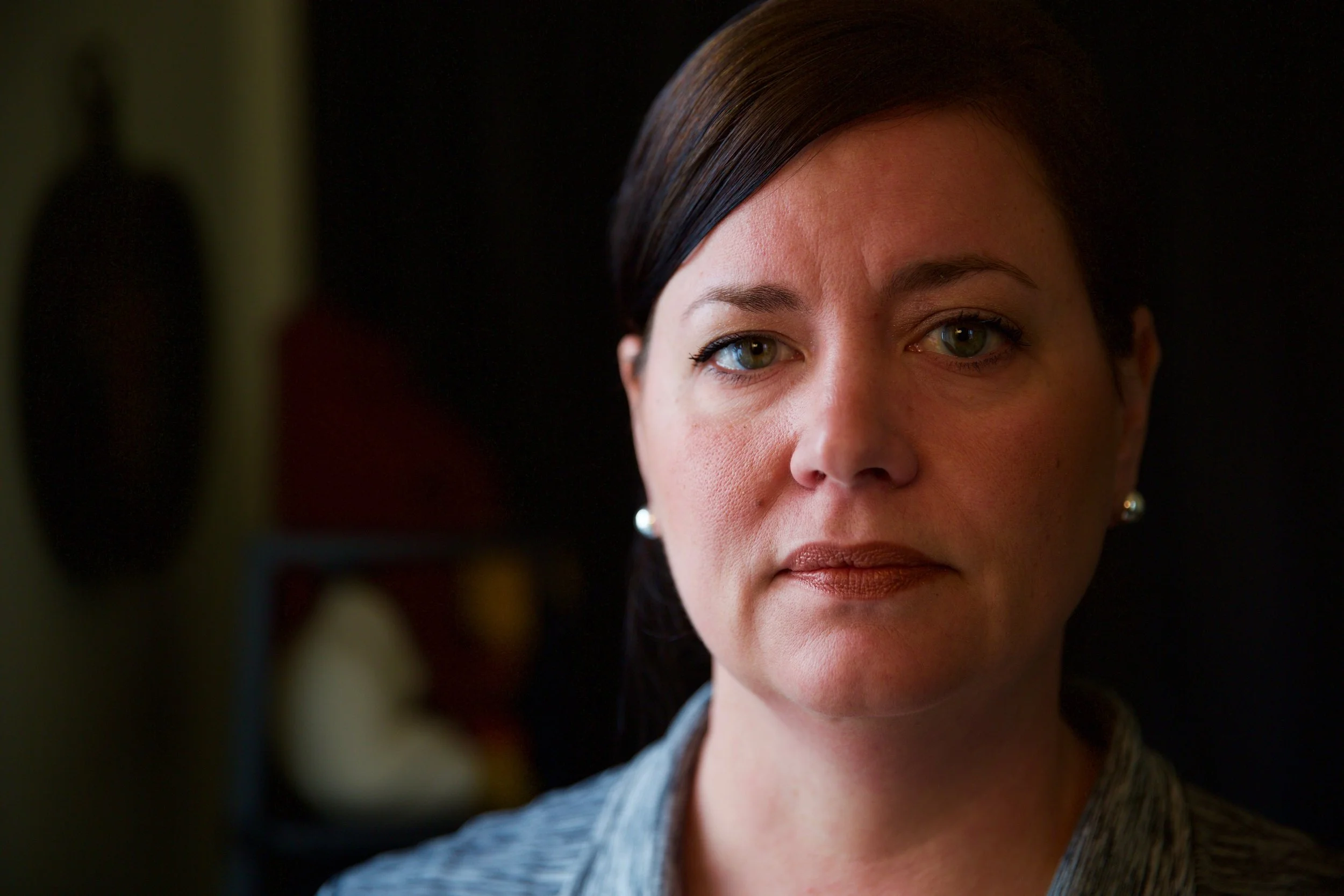Richmond Justice
STORIES + PORTRAITS
Judy | July 29, 2016
Judy Clarke is the Executive Director of the Virginia Center for Restorative Justice, a Richmond faith-based nonprofit working with offenders, victims, and local communities experiencing crime to forge paths to reconciliation and improve public safety. Before turning her interest to victim-offender reconciliation, Judy ran an ad agency, taught special education, and worked as an emergency room nurse.
Every once in a while, I meet people who say, “You know, Judy, I’d really like to do something—I’d really like to help. But I don’t know anyone who’s in need. I live out here, in my West End bubble, and I don’t see anyone who has needs.” And I say, “Well, follow me around!” I work in places of scarcity, where there's never enough—places where there's an abundance of harm, places in need of healing.
Restorative justice is all about harms, needs, and obligations: What harm took place? What needs arose as a result of that harm? And whose obligation is it to make things right? Criminal justice also asks three questions: What law was broken? Who did it? And how shall we punish that person? Restorative justice is not here to replace the criminal justice process; it’s here to work alongside it. Public safety is of paramount importance in each of our lives. We also need restorative justice in order to create a healing environment for youth and adults involved in the criminal justice process. Restorative justice brings people together in a safe place where everyone can speak their truth.
“Restorative justice brings people together in a safe place where everyone can speak their truth.”
When a crime takes place involving a young person, very often the case will be diverted from adjudication in court to a pretrial program. For the individuals who do harm, it’s a compelling opportunity. By working with us, they can make right the harm they created—and avoid having a court record. Those harmed get the chance to put a face on the crime, make clear why and how the crime harmed them, and then work to resolve the conflict in a way that prevents it from happening again. Over the past year, we took referrals from the Court Service Units of the Richmond City and Henrico County Juvenile Courts, and worked with individuals who did harm, those who were harmed, and community stakeholders to make things right.
Here’s an example of how we did this work: I received a referral from the Court Service Unit. The next day, I sent a letter to the person who did the harm and the person who was harmed. I informed them that their case has been referred to us. The following week, either here at Mount Vernon Baptist Church or at St. Paul's Baptist Church, we met individually with the person who did harm and the person who was harmed. We also brought together a group of community stakeholders. After working out differing points of view on exactly what took place, we moved forward in setting up a conference.
The conference included the person who did the harm, the person who was harmed, the probation officer, a facilitator from the Virginia Center for Restorative Justice, and community stakeholders. Sometimes we invited the coach of the high school football team, the pastor of a local church, or a favorite teacher. Often we saw the custodial parent, though sometimes both the father and the mother joined us. We sat down and talked about what happened and what the young person was feeling when he or she committed the crime. What made it seem like it was a good idea to break into that house? What was going on? At the end of the meeting, we wrote a statement declaring what it will take to make things right. Johnny did this; Mr. and Ms. Jones, who were harmed by Johnny, agree that if Johnny does X, Y, and Z, then that will make things right. The community stakeholders affirmed the decision. And then everyone signed the agreement and committed to confidentiality.
It’s important to note that we did not force young people who asserted their innocence to take part in this program. If I received a referral, called the accused young person, and he said to me, “Miss Judy, I did not do this—I am not to blame,” then I sent the case right back to the Court Service Unit. That’s one reason the system of due process exists—so that the wrongly-accused can prove their innocence. But for a young person who did commit a crime and accepted responsibility, we worked with them and partners in the community to make things right and give the kid a second chance.
We also work inside prisons, teaching a course on "How to Handle Conflict" to men and women who will one day be released. You know, 98% of people who are in prison will return to their communities—to our communities. In addition to the course, we'd like to have the opportunity to facilitate restorative justice for returning citizens. By building community-based circles of support and accountability with returning citizens, we could help them return without shame and guilt.
For now, we’re focused on young people who've done harm. And we’re keen to expand this work into communities, helping neighborhoods to resolve conflict before crime occurs. But conflict exists everywhere that you find two people in relation with one another. I spoke with someone at a utility company who said, “You know, we could use this at my office.” There are all sorts of applications for this work just waiting to happen.
Young people make mistakes; they do stupid things. But those mistakes shouldn’t necessarily stick with them for the rest of their lives. They should have the chance to make right the harm they created. We believe strongly in helping communities heal. We believe in giving kids a second chance.
— interviewed July 18, 2016
















